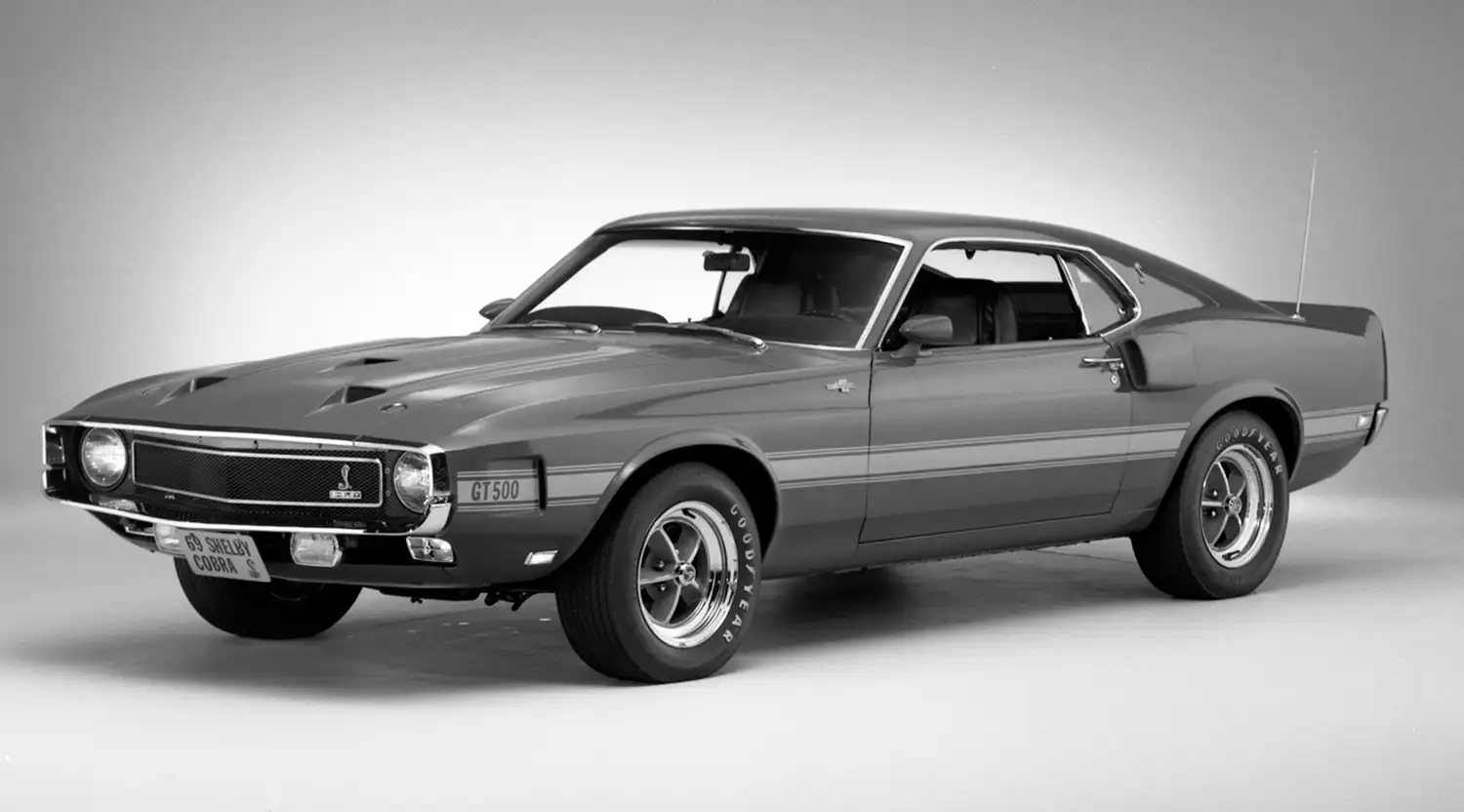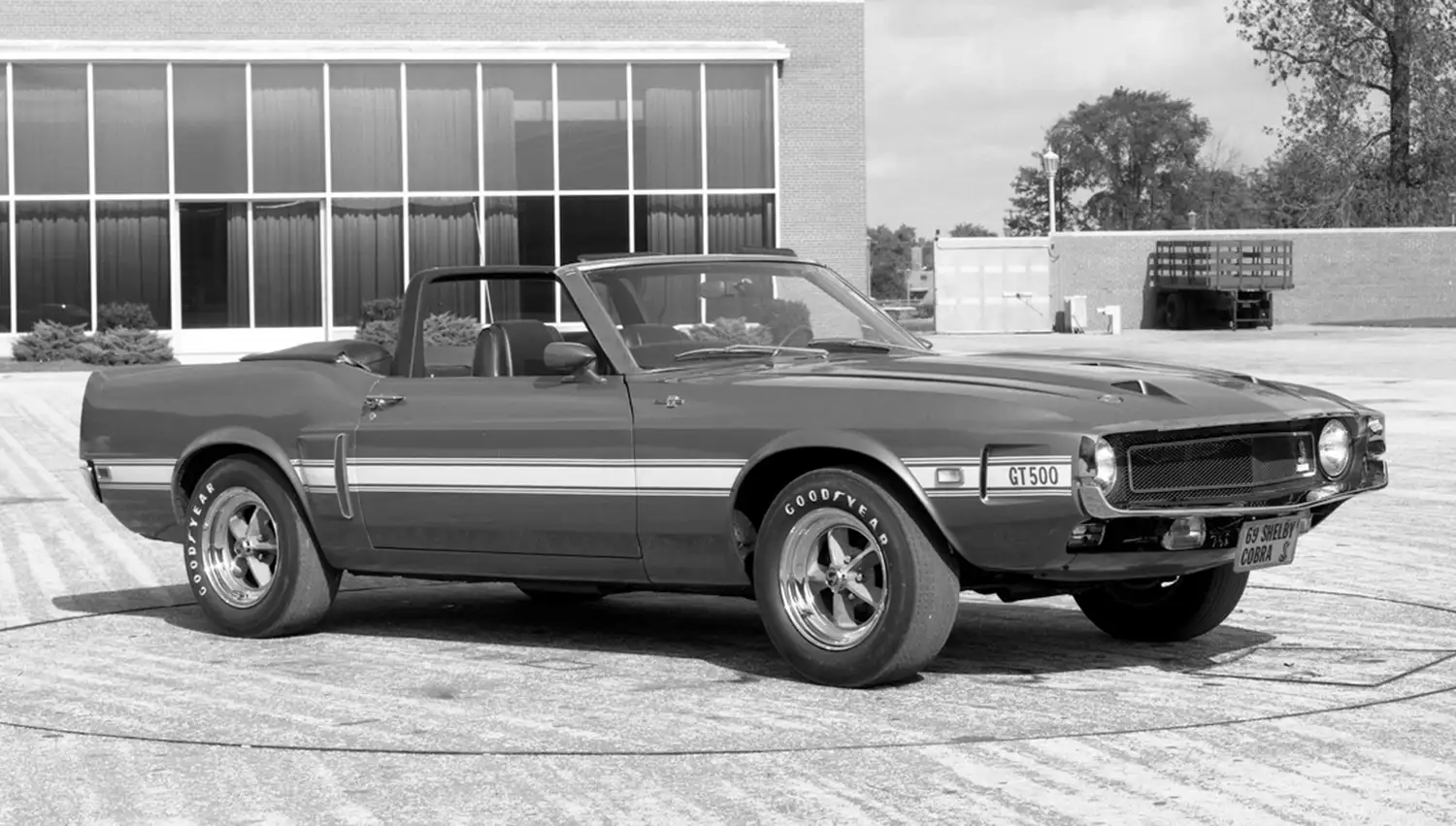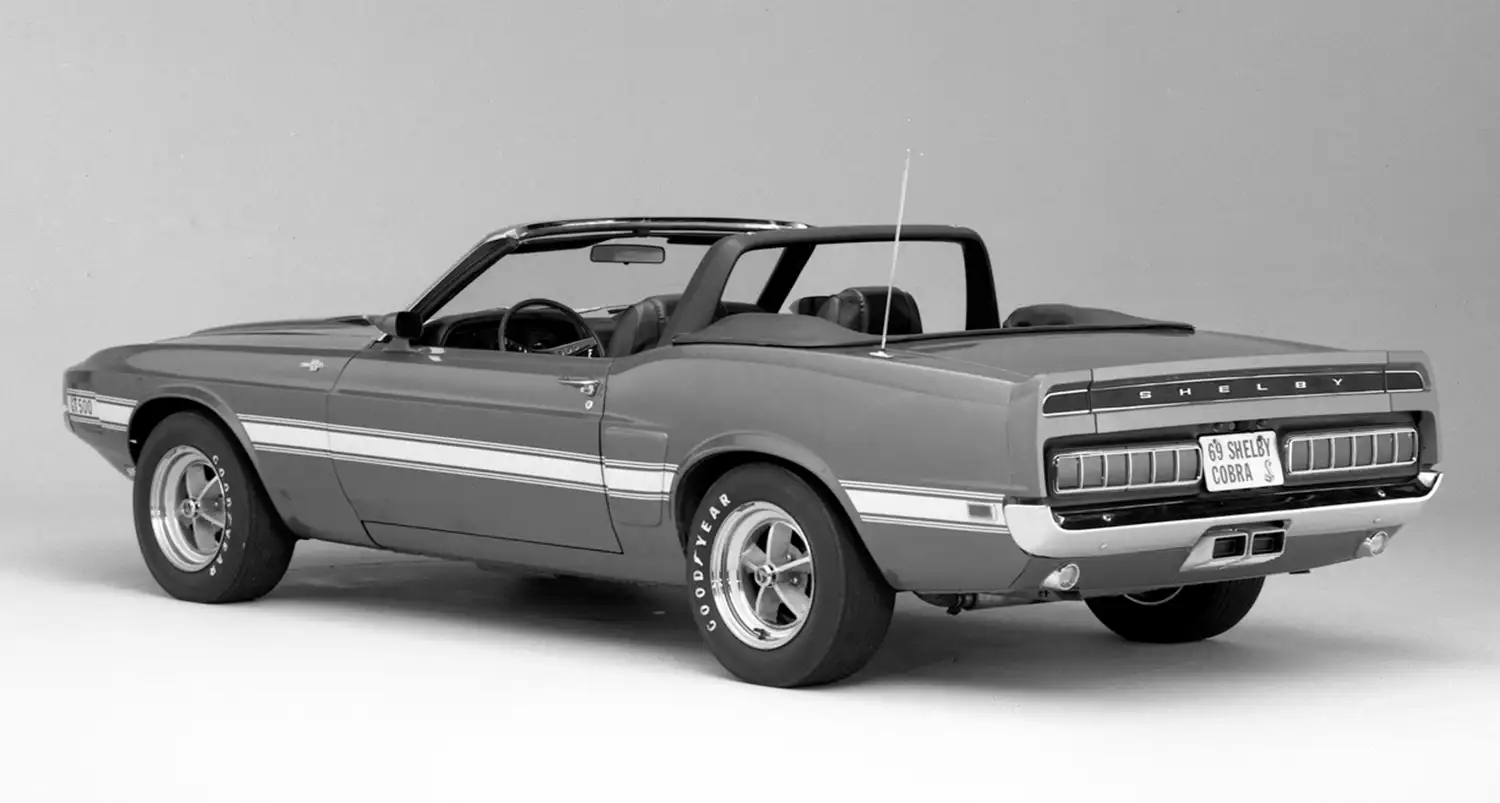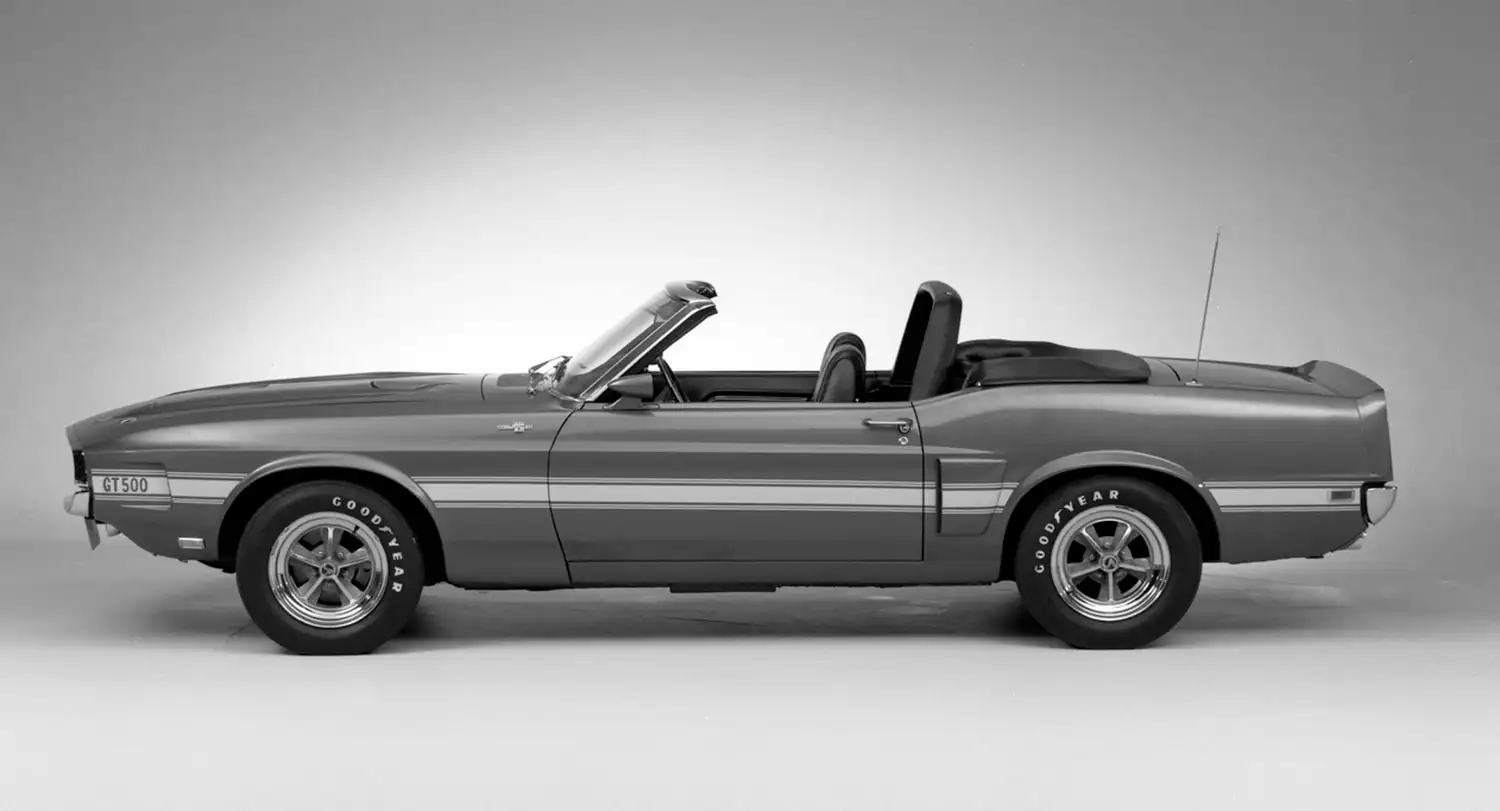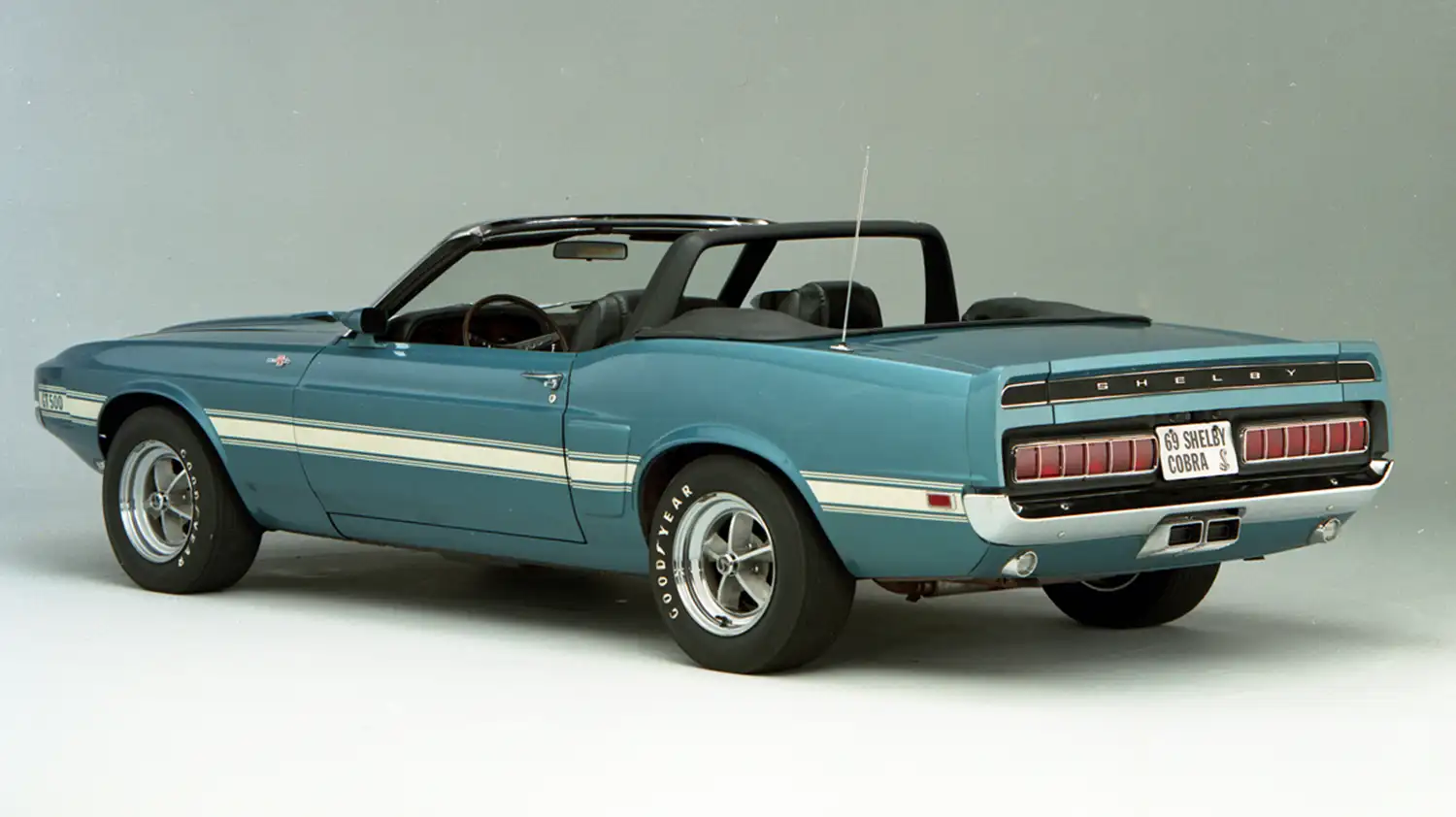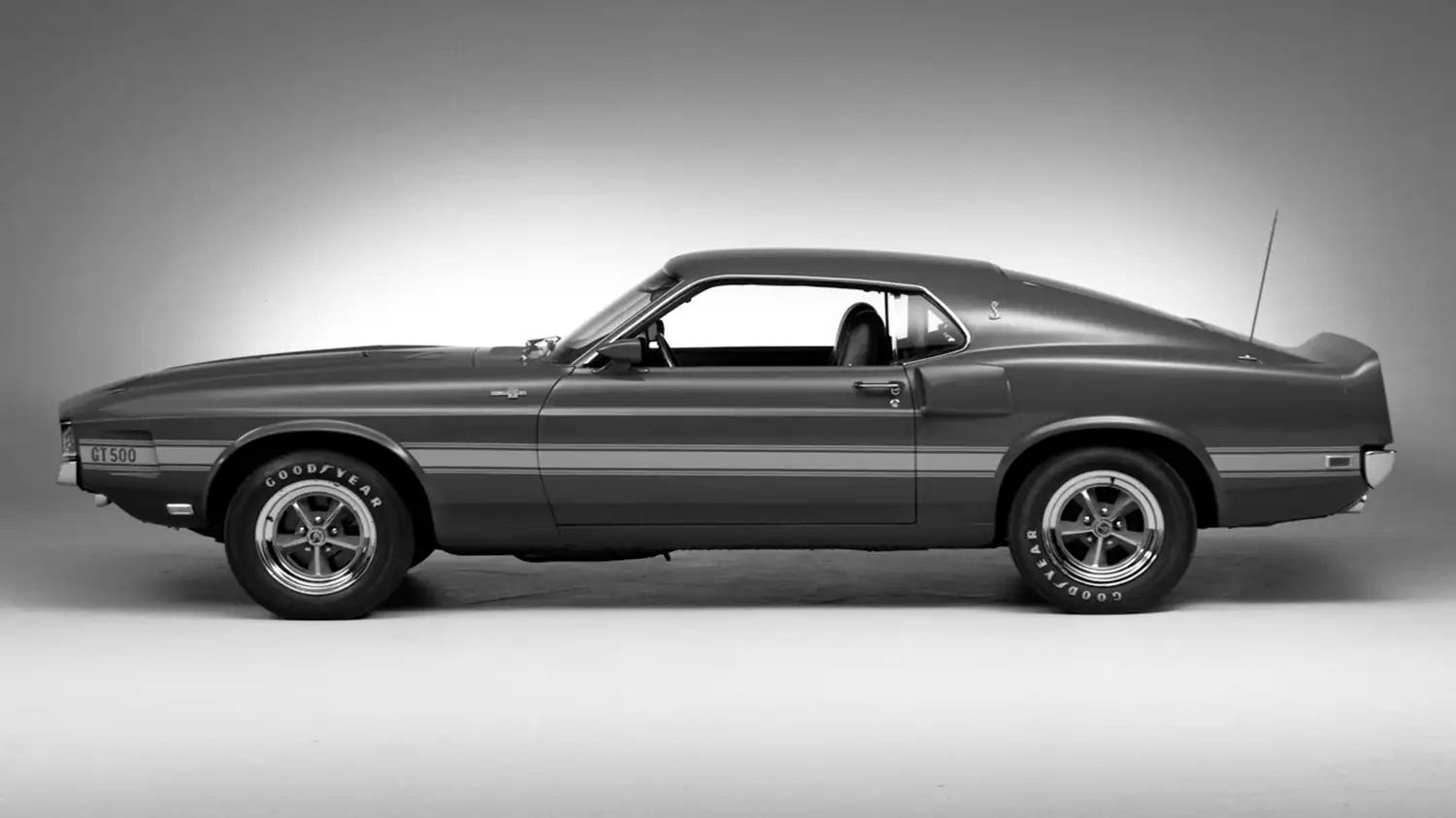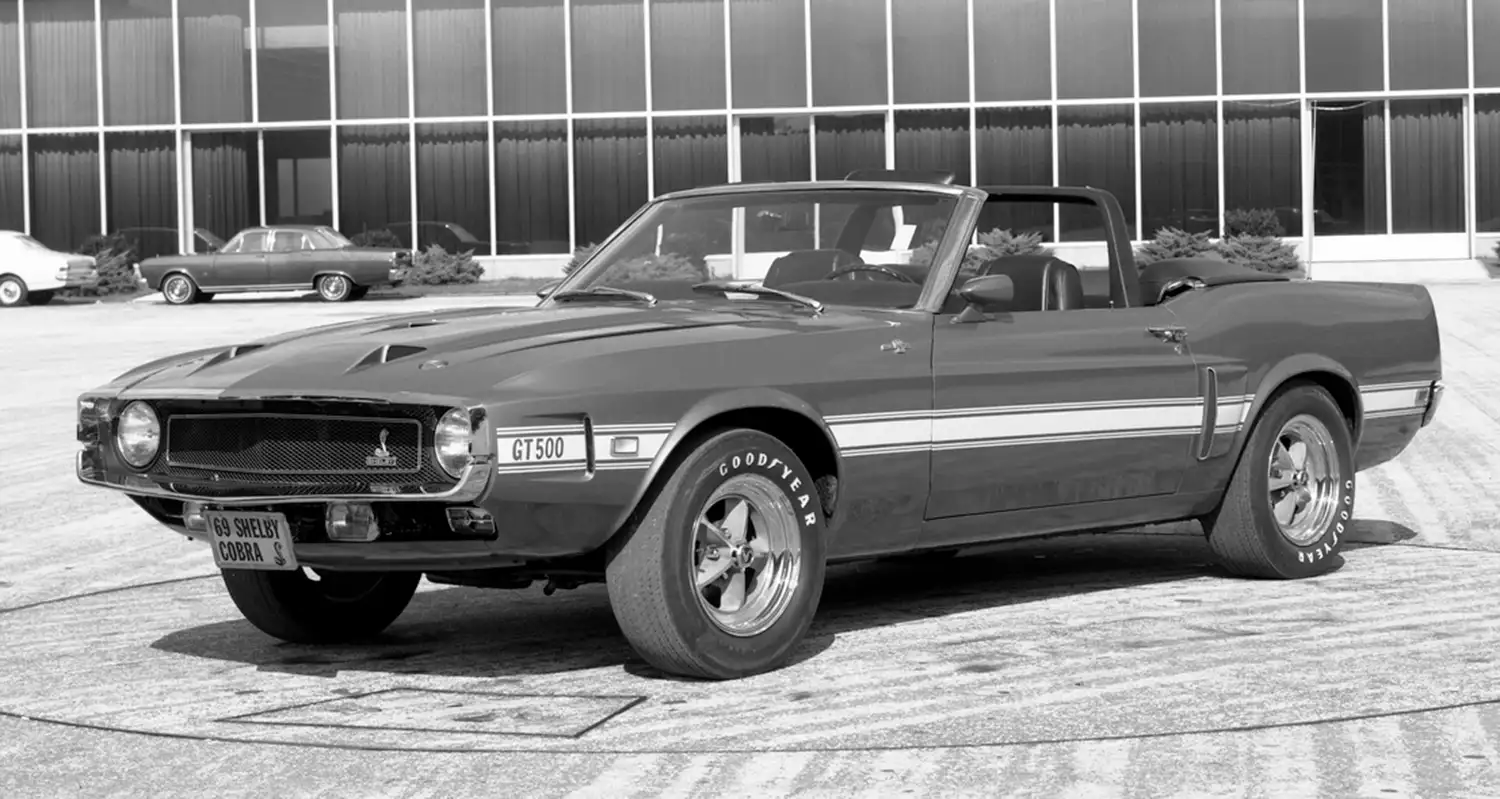
The 1969 Shelby Mustang GT500 stands as a formidable icon in the pantheon of American muscle cars, representing the pinnacle of the collaboration between Ford and Carroll Shelby at the close of the 1960s. Born from the desire to inject high-performance and distinctive styling into Ford’s popular Mustang, the Shelby lineage quickly became synonymous with raw power and aggressive design. The GT500, introduced in 1967 as the “King of the Road,” evolved in 1969 to embody an even more imposing presence and potent performance, solidifying its place as a coveted classic. This article delves into the history, design, performance, and lasting legacy of this legendary machine.
A Bold New Look for a Powerful Icon: The 1969 model year brought significant styling changes to the Mustang, and the Shelby variants were no exception. The GT500 adopted a more aggressive and elongated front end with a gaping grille flanked by smaller headlights, creating a distinct and assertive appearance. Fiberglass components were extensively used for the hood, front fenders, and rear extensions, contributing to the car’s unique visual identity. The hood featured prominent functional scoops, hinting at the immense power beneath. Sequential taillights, a Shelby signature, added a touch of visual flair to the rear.
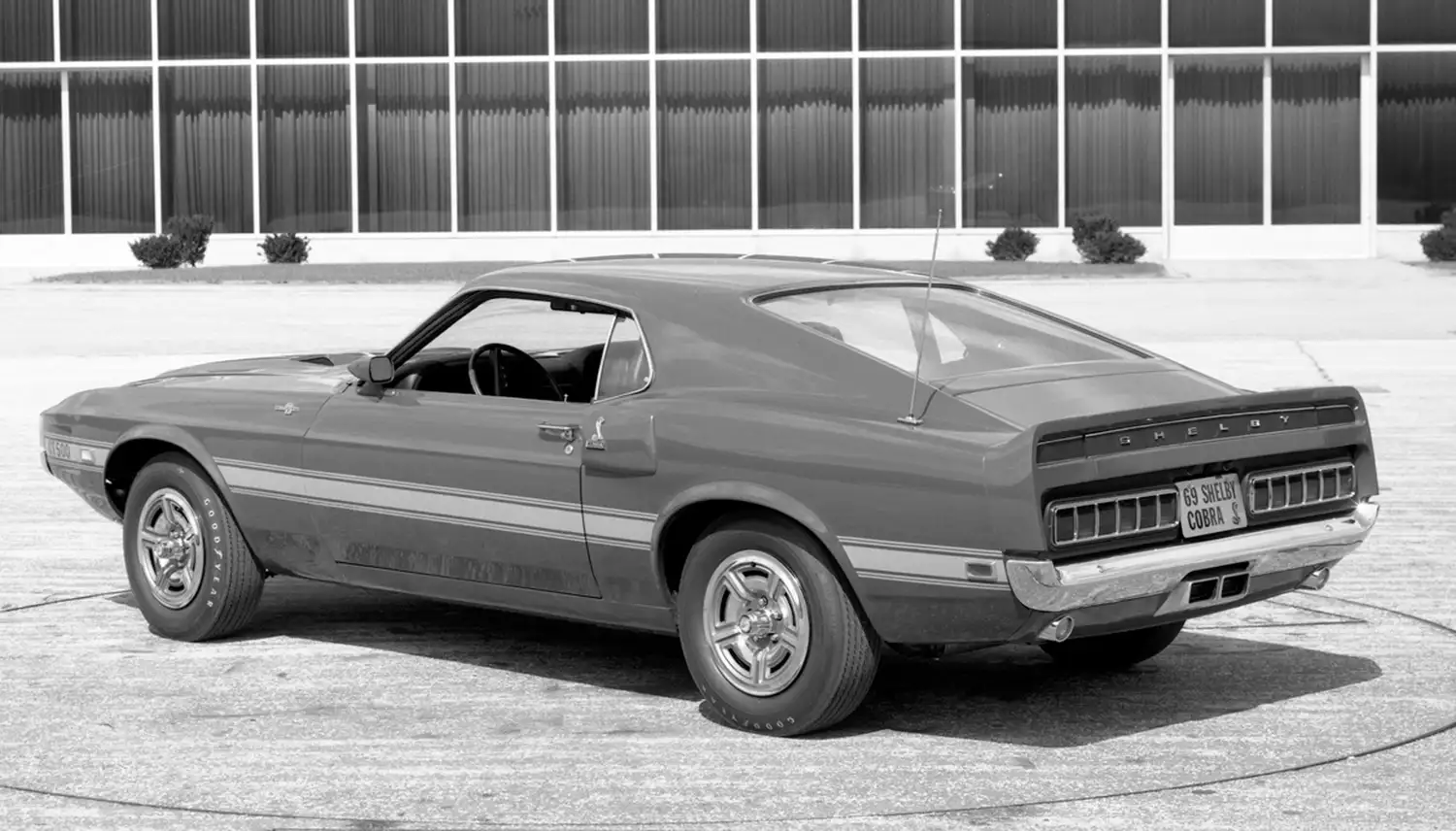
The King’s Heart: The Potent 428 Cobra Jet V8: At the core of the 1969 Shelby Mustang GT500 lay the legendary 428 Cobra Jet V8 engine. Power and Performance: This formidable power plant, featuring a Holley four-barrel carburetor, was officially rated at 335 horsepower and a massive 440 lb-ft of torque. However, many believe the actual output was significantly higher. This prodigious power, combined with the available close-ratio four-speed manual or the three-speed automatic transmission, translated into blistering acceleration and impressive top-end speed, firmly establishing the GT500’s “King of the Road” moniker. The sheer grunt of the 428 Cobra Jet made the GT500 a force to be reckoned with on both the street and the drag strip.
Handling and Braking for a Muscle Car King: While straight-line speed was a key attribute, the Shelby GT500 also featured upgrades to enhance its handling capabilities for its time. Stiffer springs, heavy-duty shock absorbers, and a thicker front sway bar contributed to improved cornering and reduced body roll compared to the standard Mustang. Power front disc brakes were standard, providing adequate stopping power for a car of its performance level. Power steering was also a common feature, aiding in maneuverability.
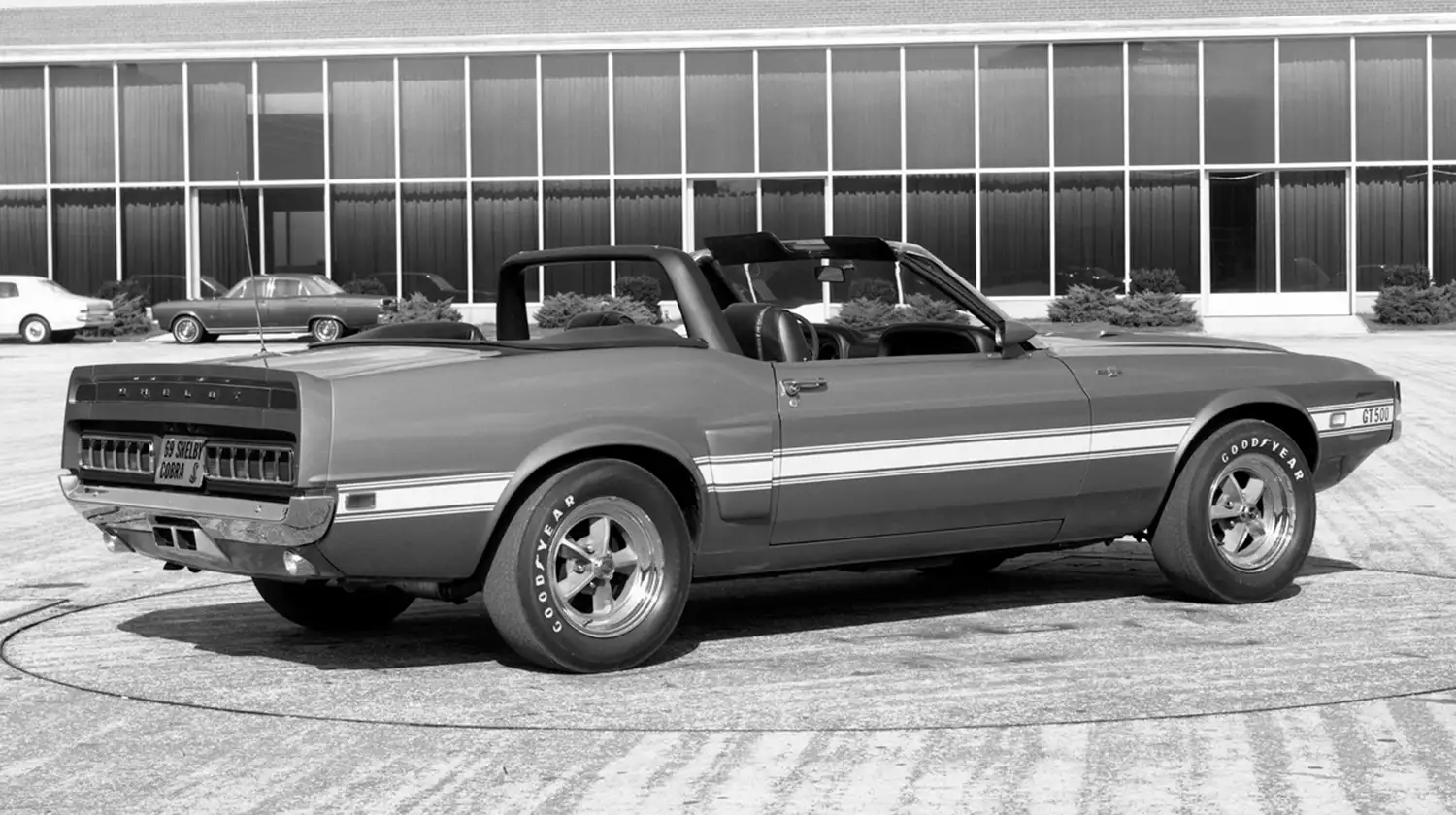
A Driver-Focused and Distinctive Interior: The interior of the 1969 Shelby GT500 reflected its performance-oriented nature. High-back bucket seats provided increased support for spirited driving. A center console housed the gear shifter and often auxiliary gauges. Unique Shelby badging and trim differentiated the GT500’s cabin from its standard Mustang counterparts. A roll bar was an available option, further emphasizing its performance intentions.
The GT500’s Place in Shelby History: The 1969 model year marked a significant point in the Shelby Mustang story. It was the last year of direct involvement by Carroll Shelby in the design and production of the Mustangs built by Ford. Subsequent Shelby Mustangs would be produced under Ford’s control. This fact alone adds to the mystique and collectibility of the 1969 GT500, representing a final chapter in the original Shelby-Ford collaboration.
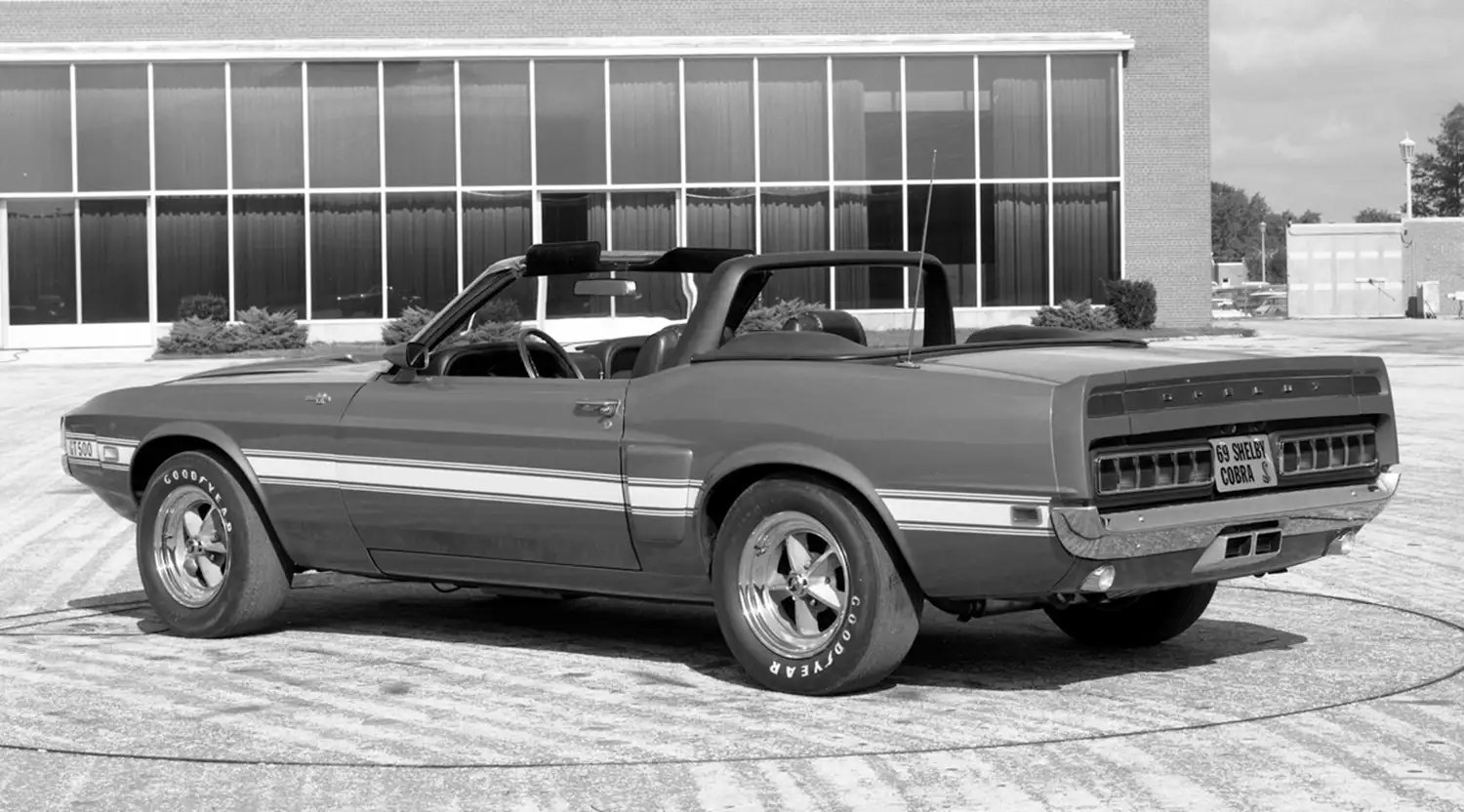
Variants and Body Styles: The 1969 Shelby Mustang GT500 was primarily available in two distinct body styles: the sleek SportsRoof (fastback) and the stylish Convertible. Both versions shared the aggressive front-end styling and fiberglass enhancements that characterized the GT500. While the SportsRoof offered a more aerodynamic profile, the Convertible provided open-top cruising enjoyment, further broadening the appeal of this iconic muscle car. Notably, there was no direct successor or specific trim level that significantly altered the core GT500 formula for this model year, keeping the focus firmly on the powerful 428 Cobra Jet engine and the distinct Shelby aesthetic across both body styles
A Coveted Icon for Collectors: Today, the 1969 Shelby Mustang GT500 remains one of the most highly sought-after and valuable muscle cars of its era. Its potent performance, aggressive styling, and the historical significance of being the last of the original Shelby-designed Mustangs contribute to its enduring appeal among collectors and enthusiasts worldwide. The rumble of its 428 Cobra Jet V8 and its imposing presence continue to captivate generations of automotive aficionados.
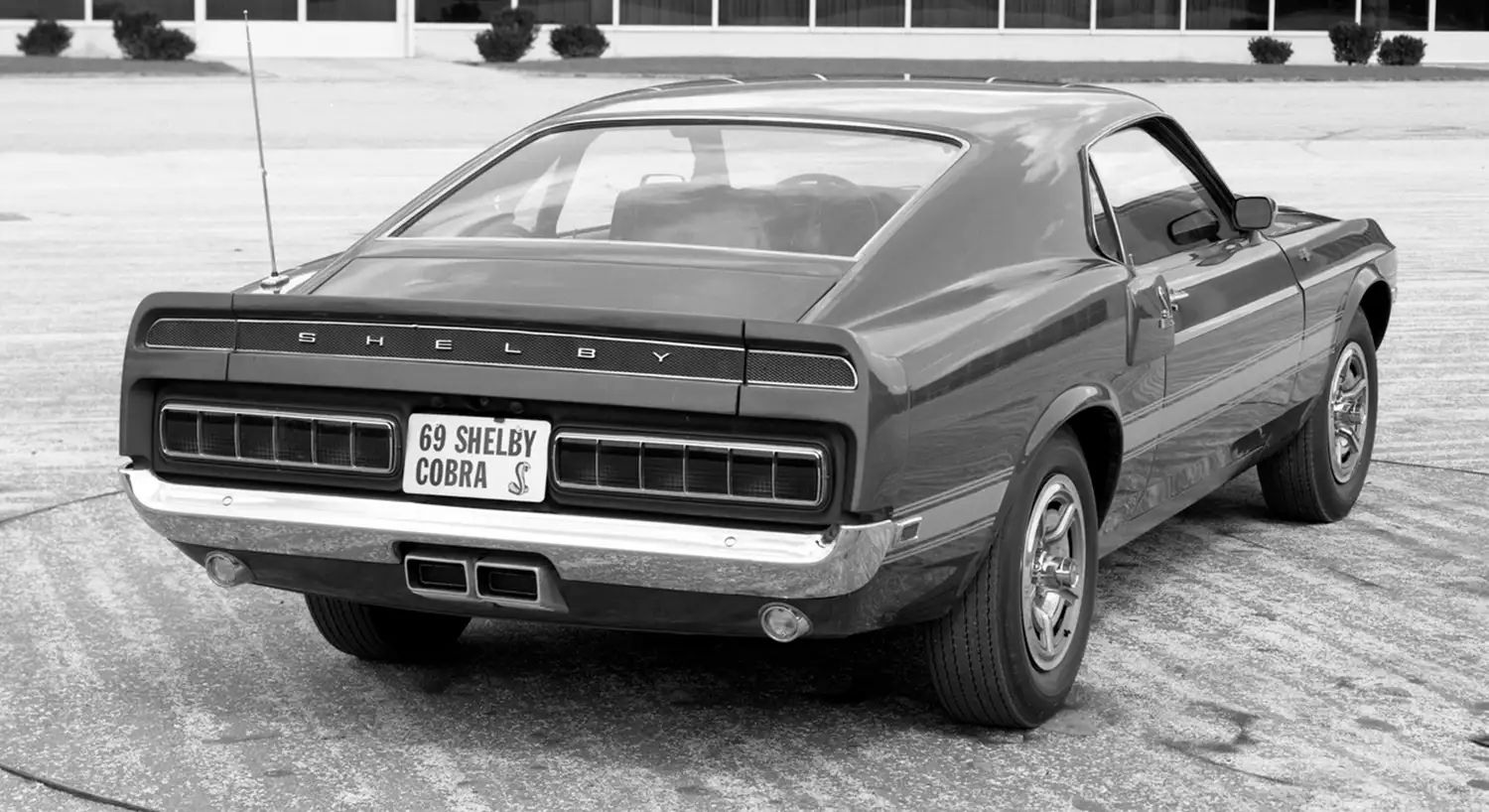
Summary:
- The 1969 Shelby Mustang GT500 represented the pinnacle of the original Ford-Shelby collaboration.
- Featured aggressive and distinctive styling with fiberglass components and functional scoops.
- Powered by the legendary 428 Cobra Jet V8 engine, officially rated at 335 HP and 440 lb-ft of torque.
- Offered with a four-speed manual or three-speed automatic transmission.
- Upgraded suspension components provided enhanced handling.
- Power front disc brakes were standard.
- Interior featured high-back bucket seats, a center console, and unique Shelby trim.
- Marked the last year of direct Carroll Shelby involvement in Mustang production.
- Remains a highly coveted and valuable classic muscle car.
Disclaimer: Performance figures and specifications are based on historical data and may vary. The value and condition of collectible vehicles are subject to market fluctuations and individual assessment.
Photos : Ford Heritage Vault
AI Assistance: Gemini
